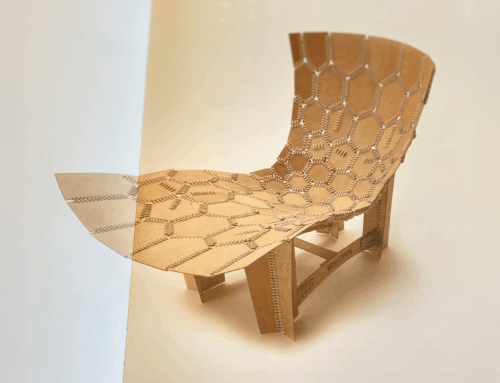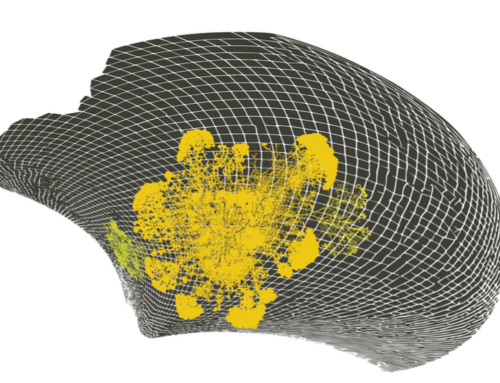City Eco Lab was a two-week festival of projects that took place in November in St Etienne, France. These 50-plus projects involved productive urban gardens; low energy food storage; communal composting solutions; re-discovery of hidden rivers; neighbourhood energy dashboards; de-motorised courier services; and a wide variety of software tools to help people share resources. This blog post is a summary. Detailed stories about City Eco Lab are to be found here. The event was hosted by the St Etienne Cite du Design; its designers were Exyzt and Gaëlle Gabillet.
As with Dott07 which we programmed in England in 2007, citizen co-design of projects was at the core of City Eco Lab. Among its highlights:
Mathieu-Benoit-Gonin’s installation on urban permaculture:
Magalie Restallo designed a prototype vital flows dashboard for an eco-quartier in St Etienne:
Hugo Bont and Olivier Peyricot built an urban fish-farming prototype; (I’m not sure the cutest baby in the shed knew the fish were to be eaten):
Emanuel Louisgrand designed an urban garden toolkit:
Avinish Kumar collected sounds and images of bicycle-based merchants in Delhi for an installation on the delights of de-motorised transportation:
Bethany Koby and Ellie Thornhill created this tool shed with resources to help people improve their projects: tools for designing, tools for modelling and making things, tools for monitoring local flows, tools for finding and sharing resources.
Francois Jegou’s “story scripts” – shown on small screens in City Eco Lab – in which people from St Etienne imagined their current life using solutions that reduced their impact on the environment and also regenerated the social fabric around them.
In the middle of this market (it was in a 5,000 square metre former gun factory) was an ‘Explorers Club’ for encounters between citizens, project leaders, tool makers, and designers. Here, for example, food producers and citizens discuss ways to enhance the AMAP system of community supported agriculture:








